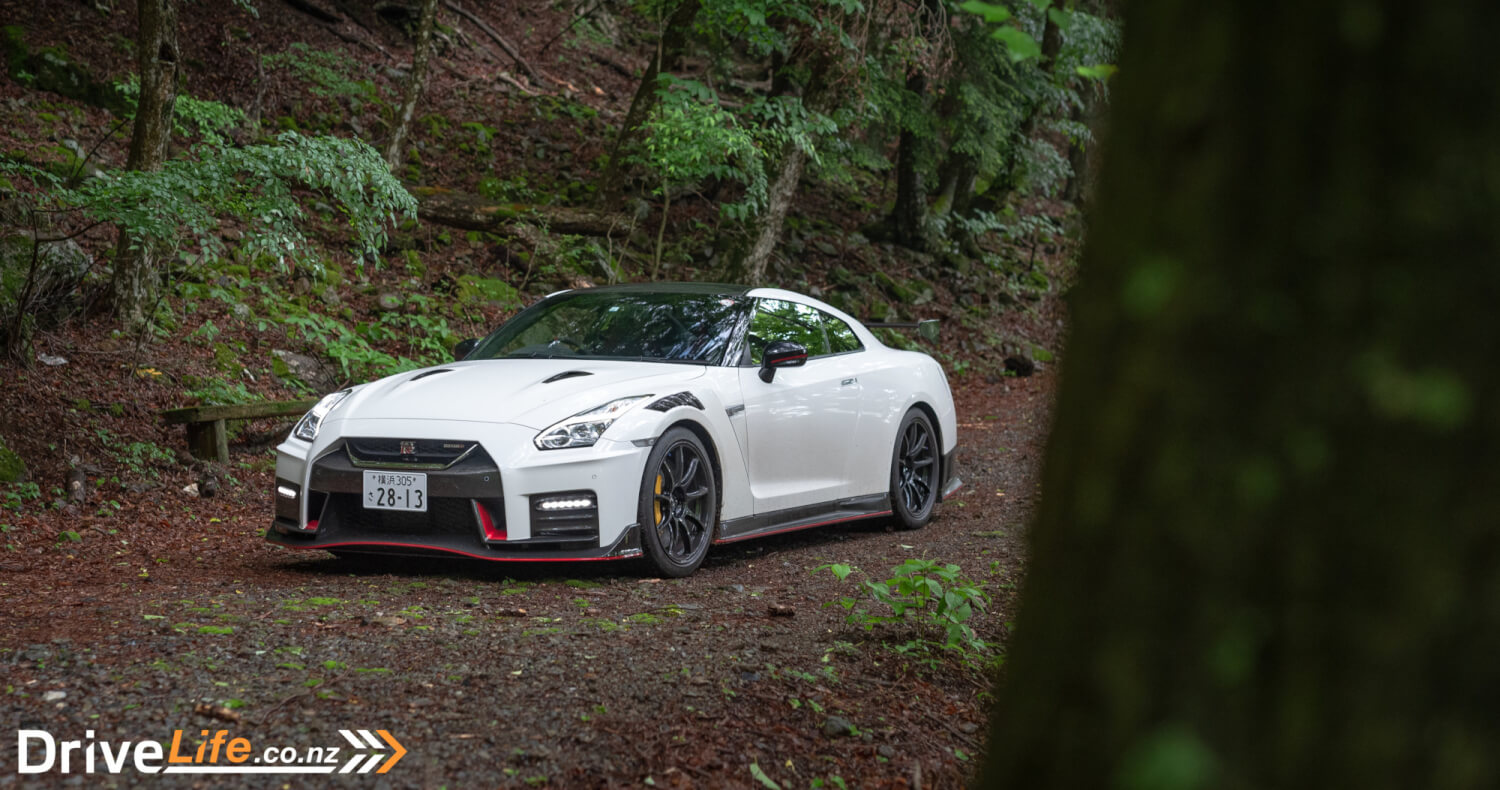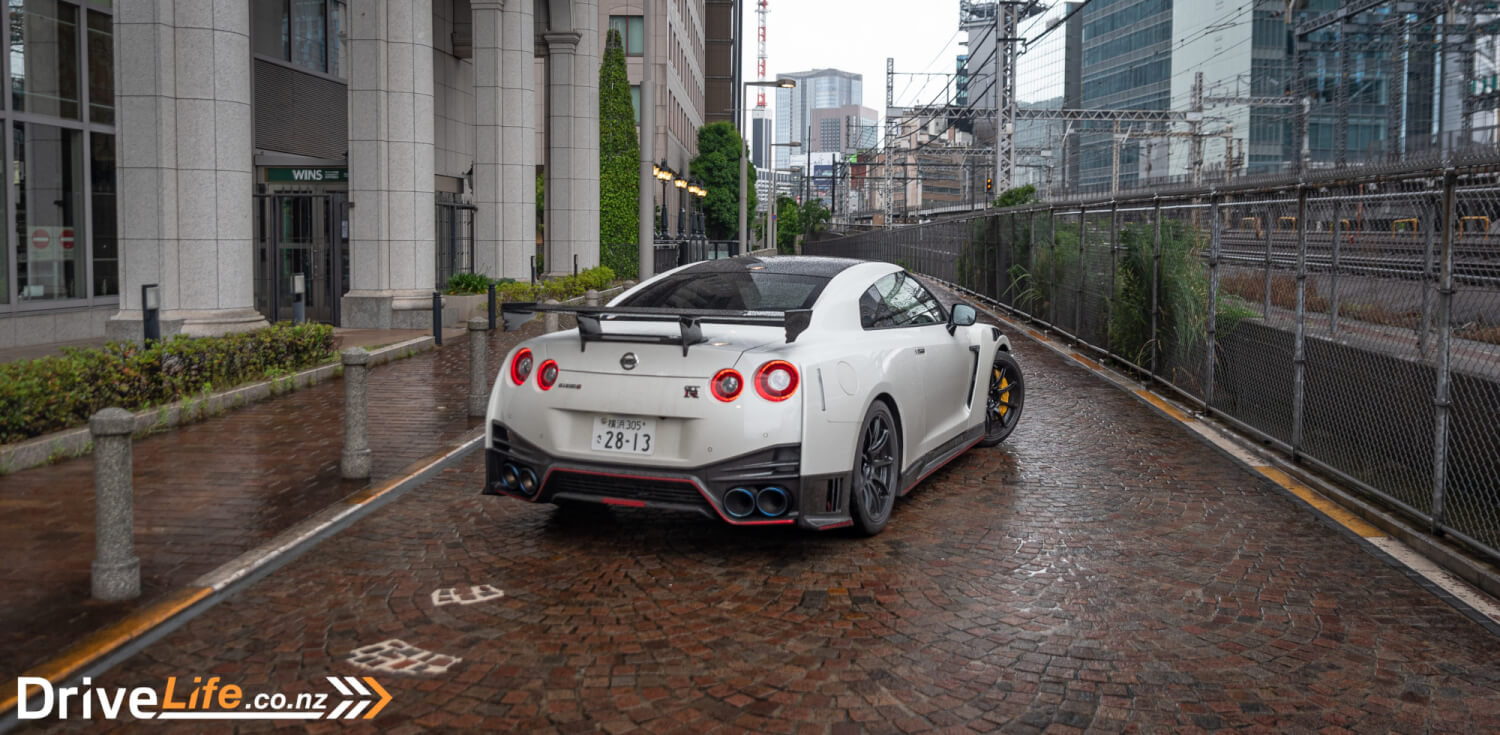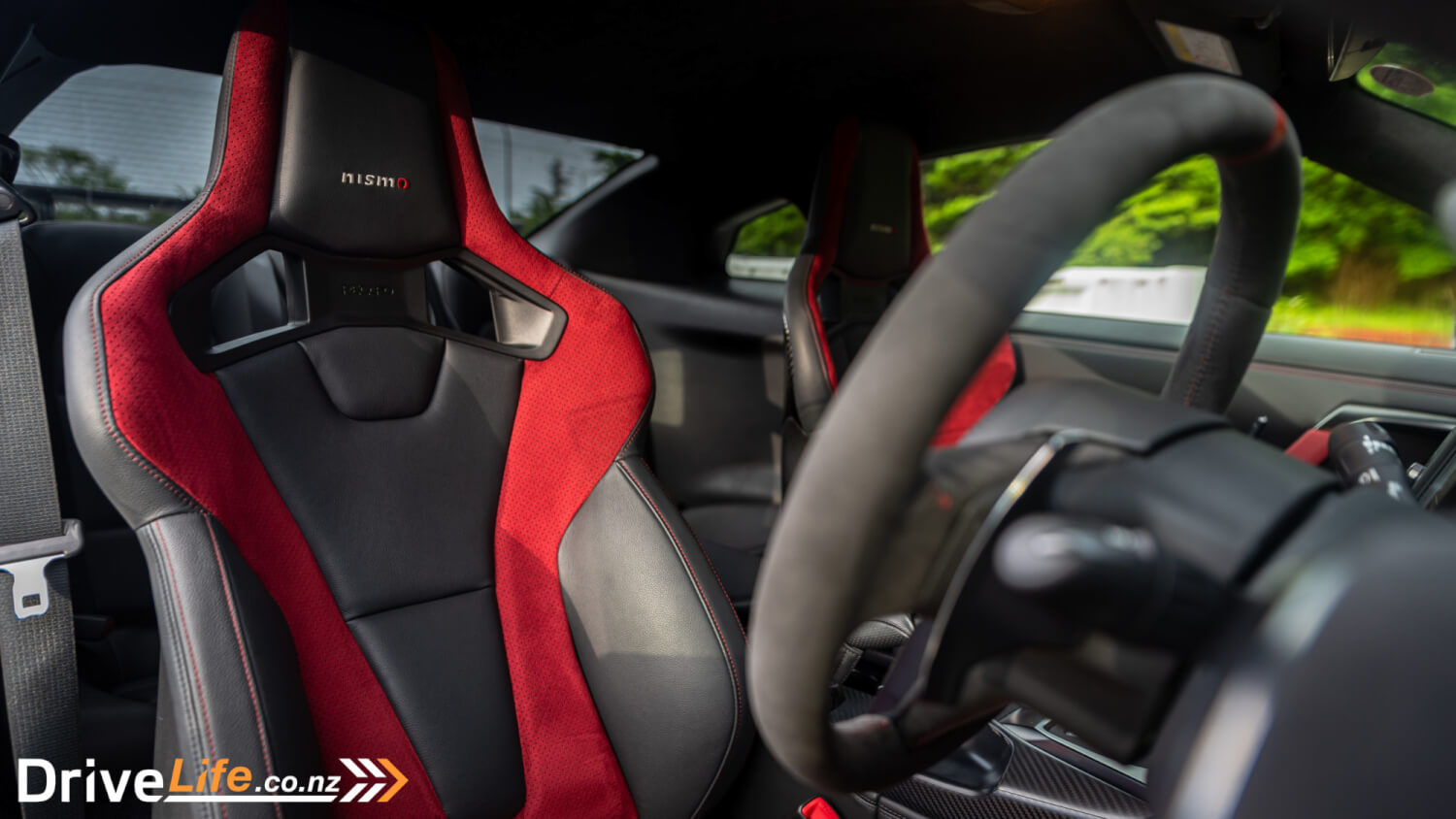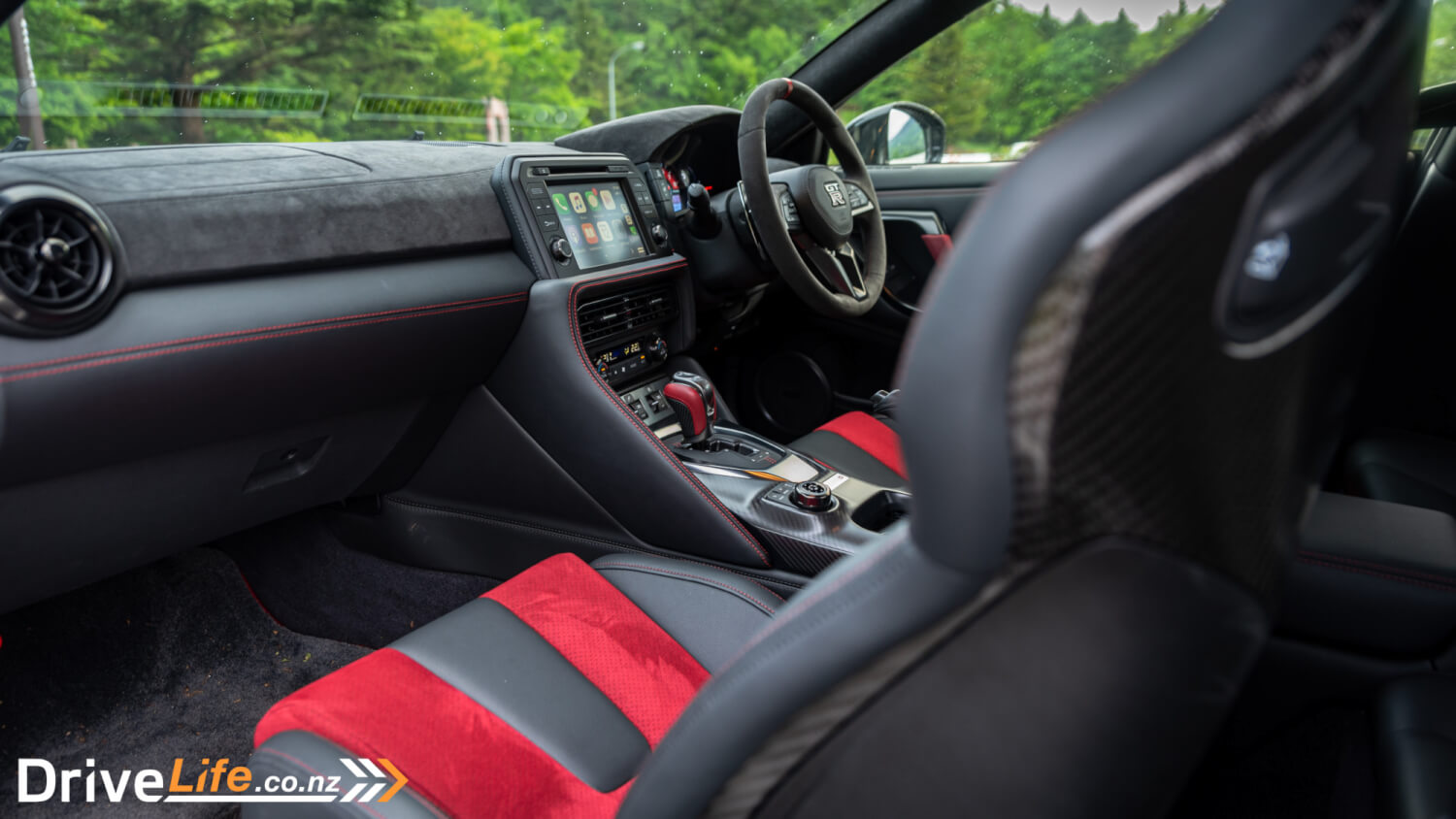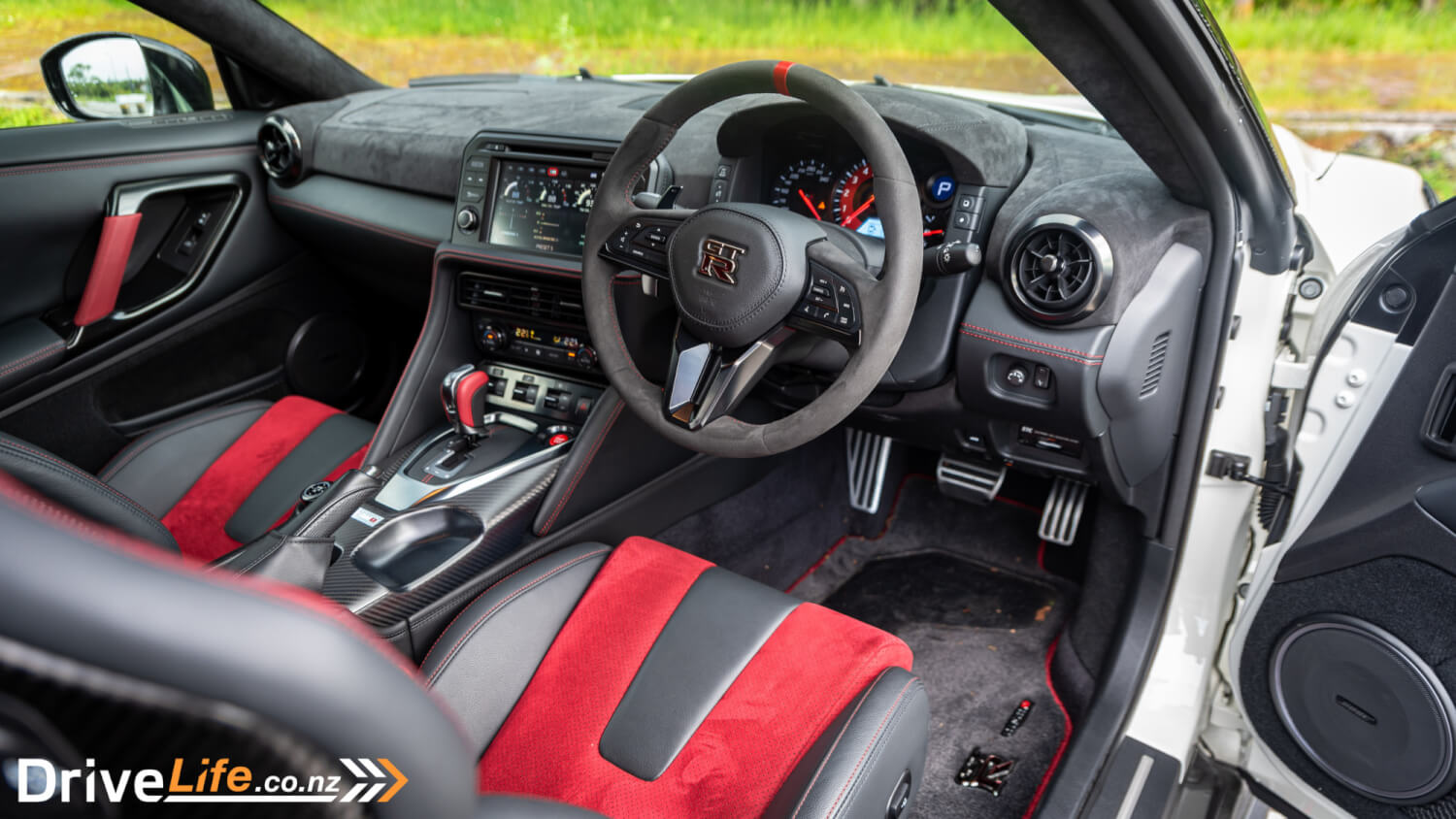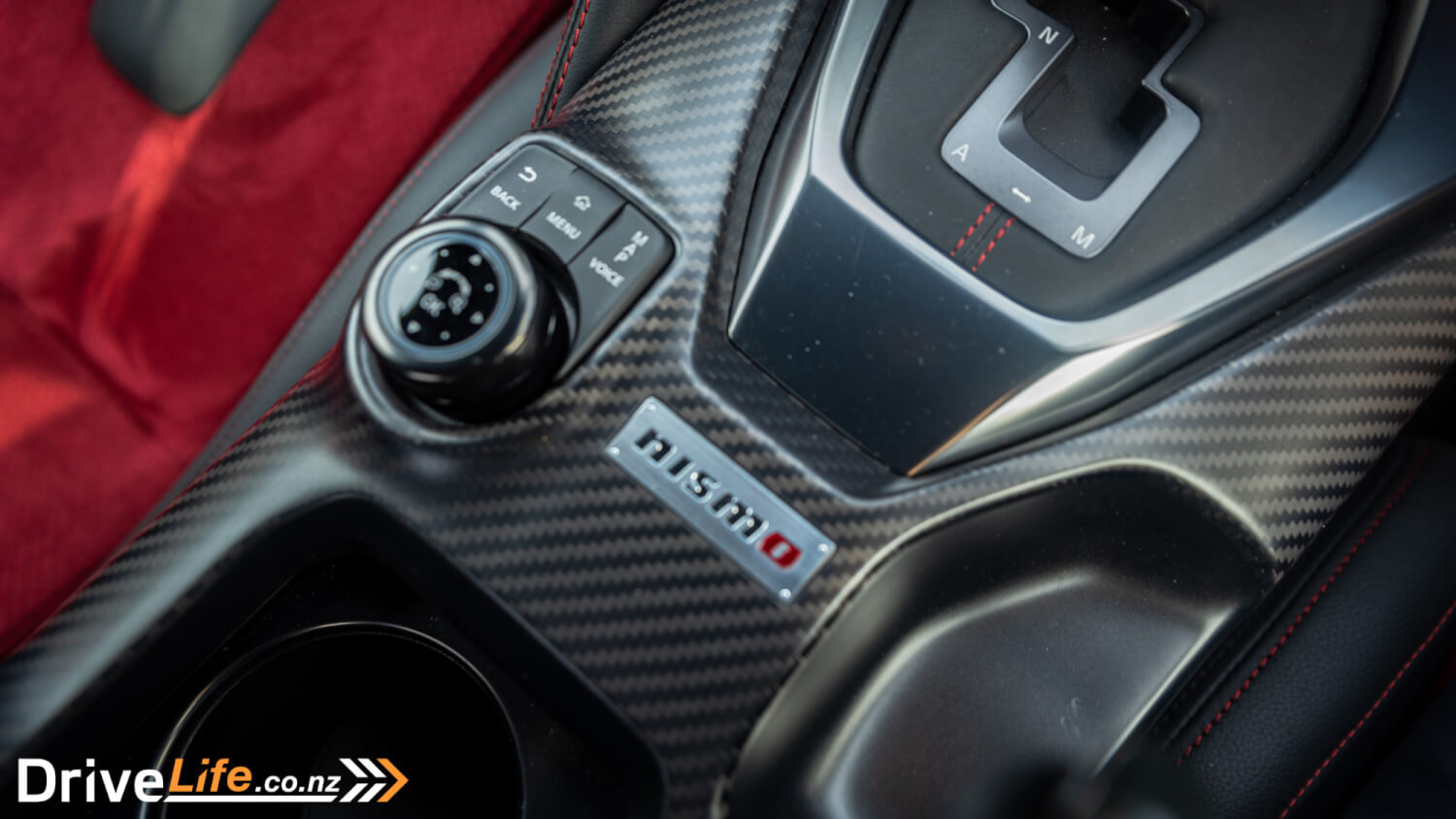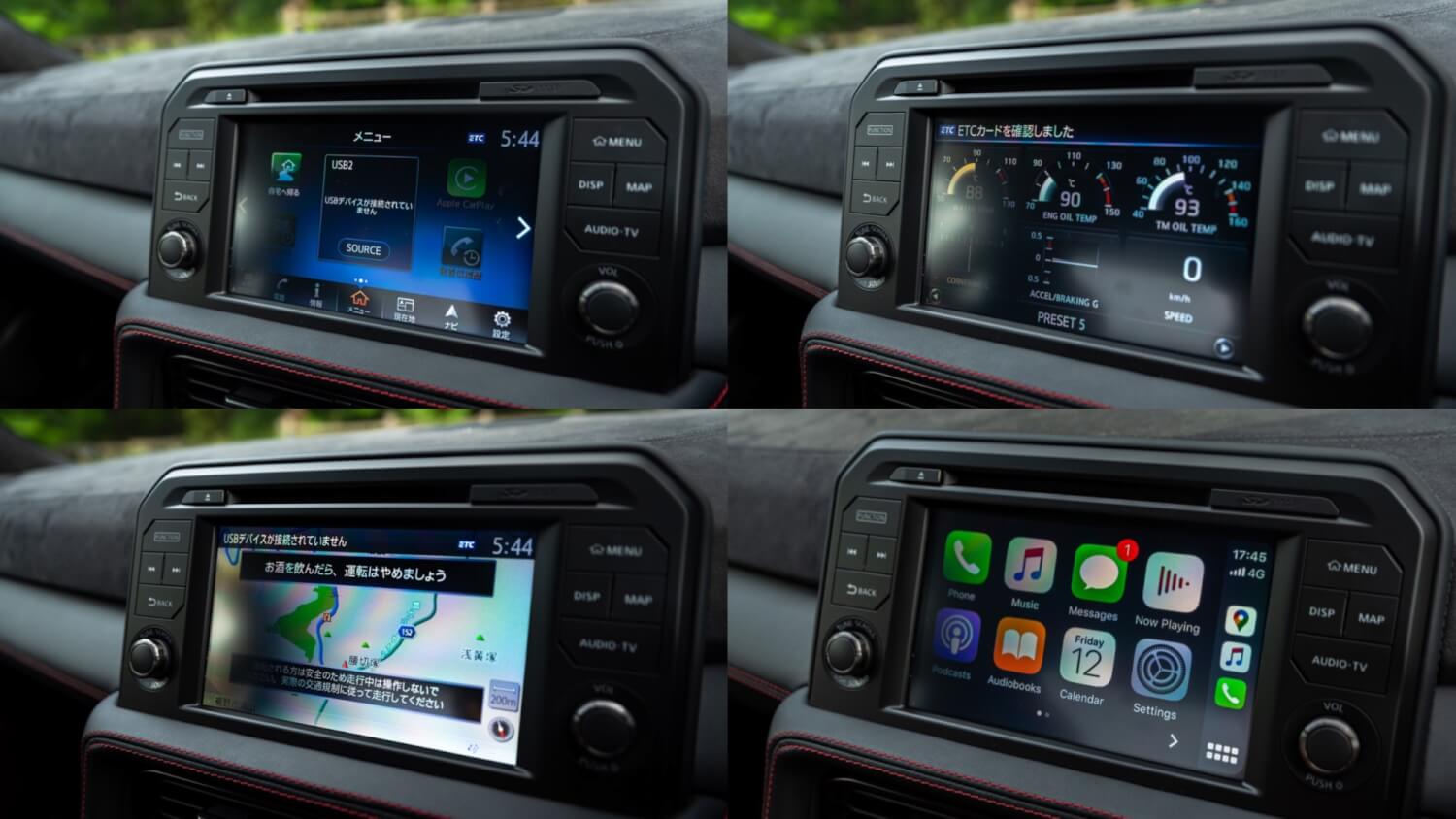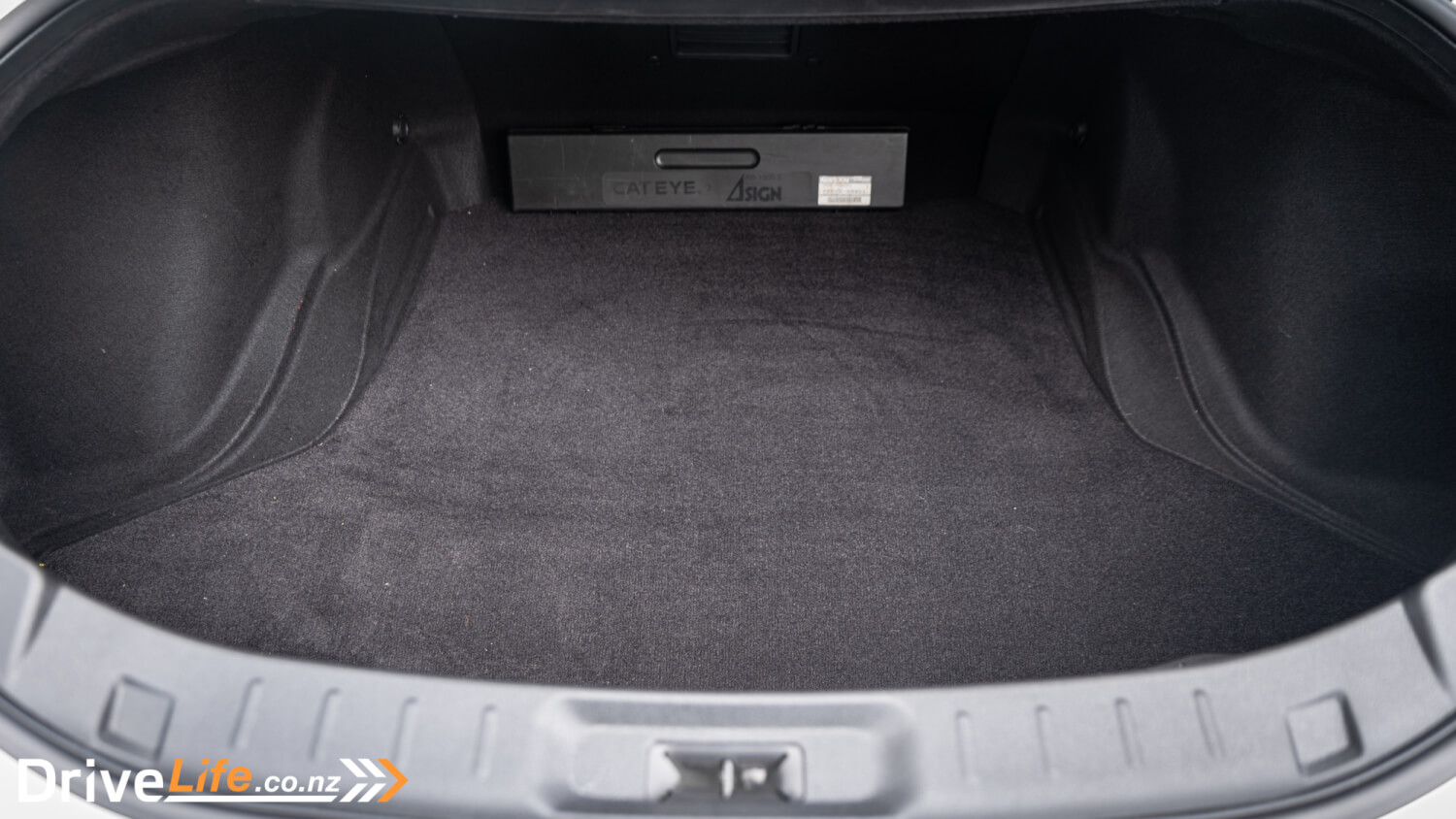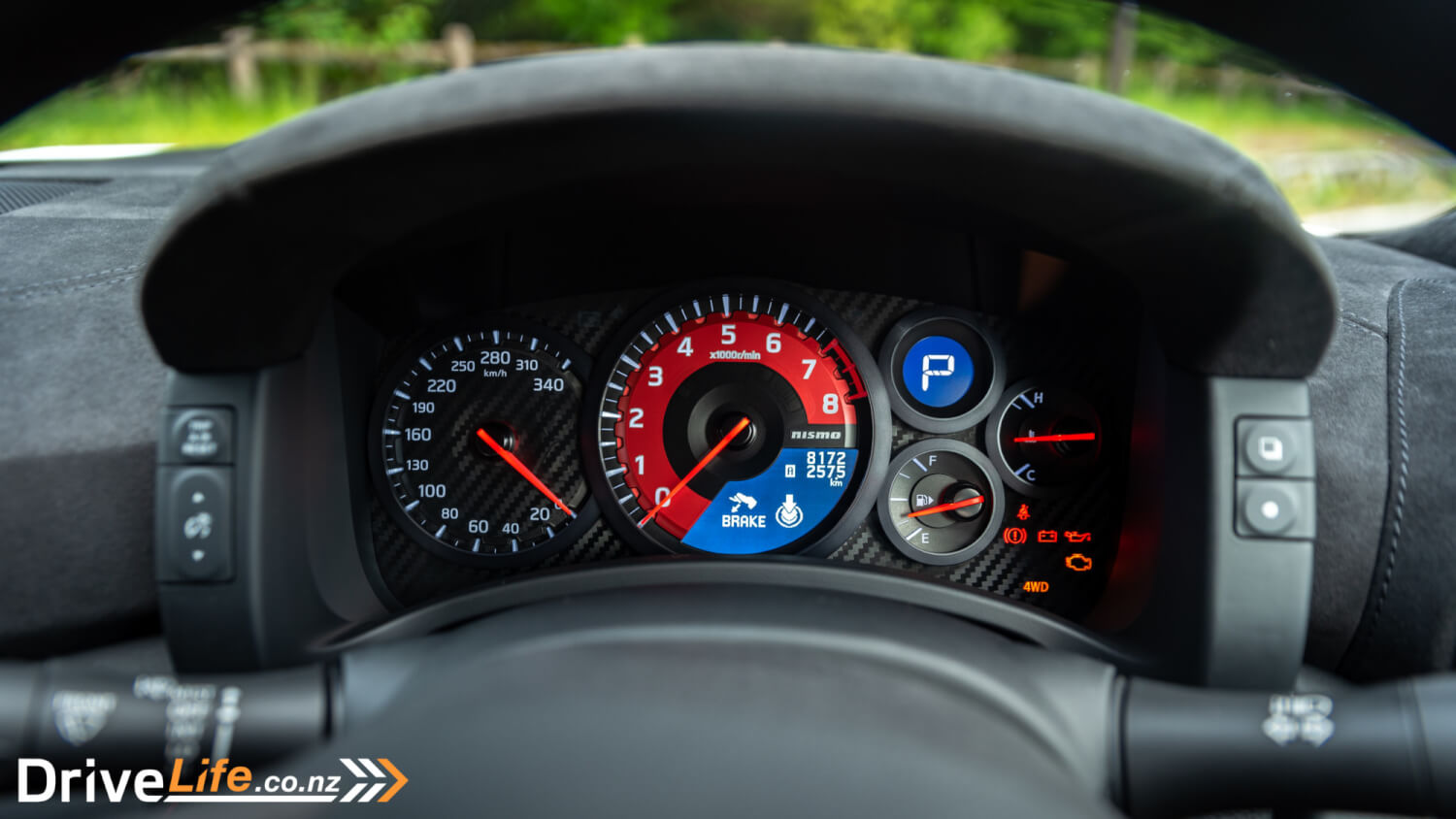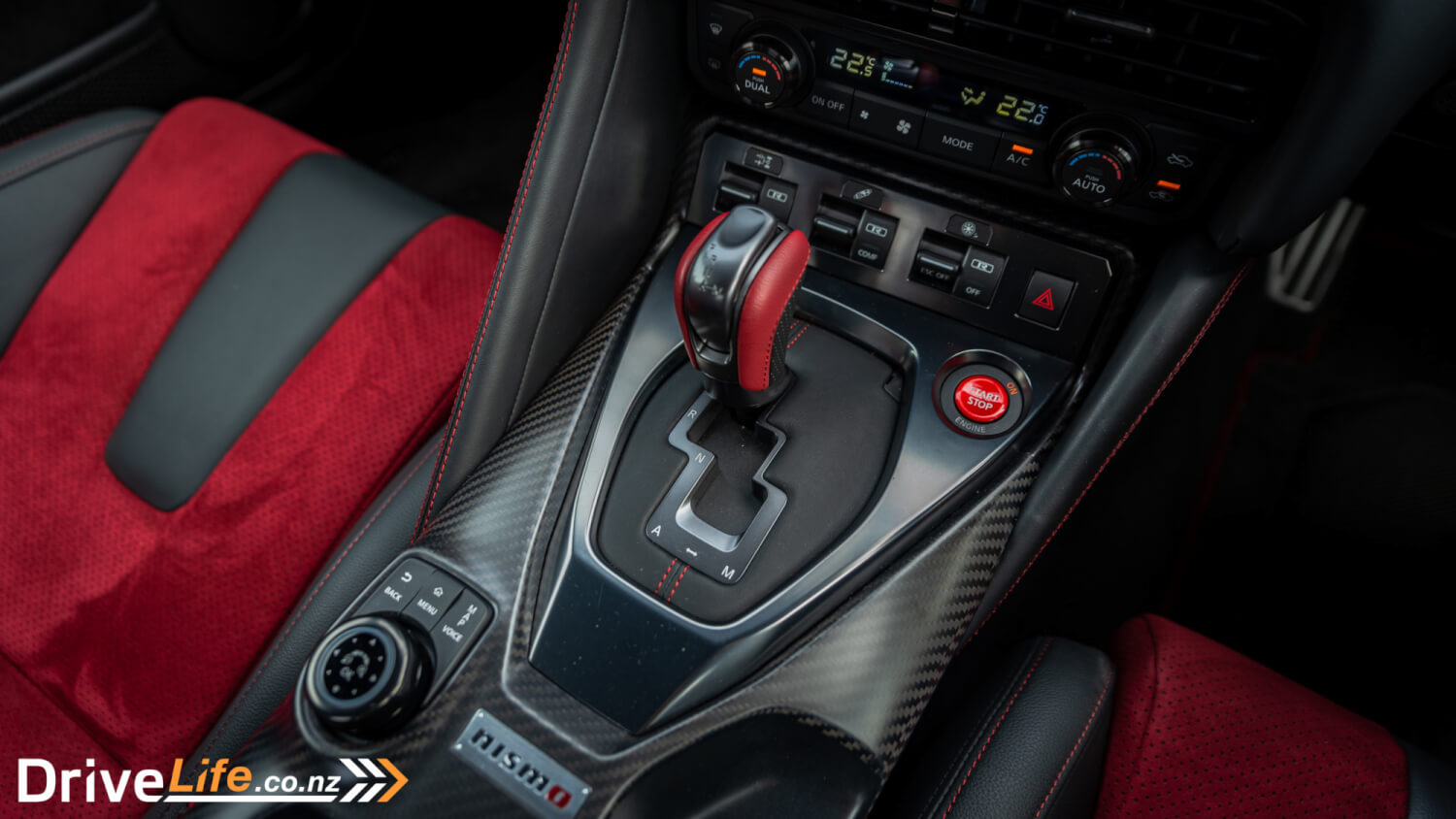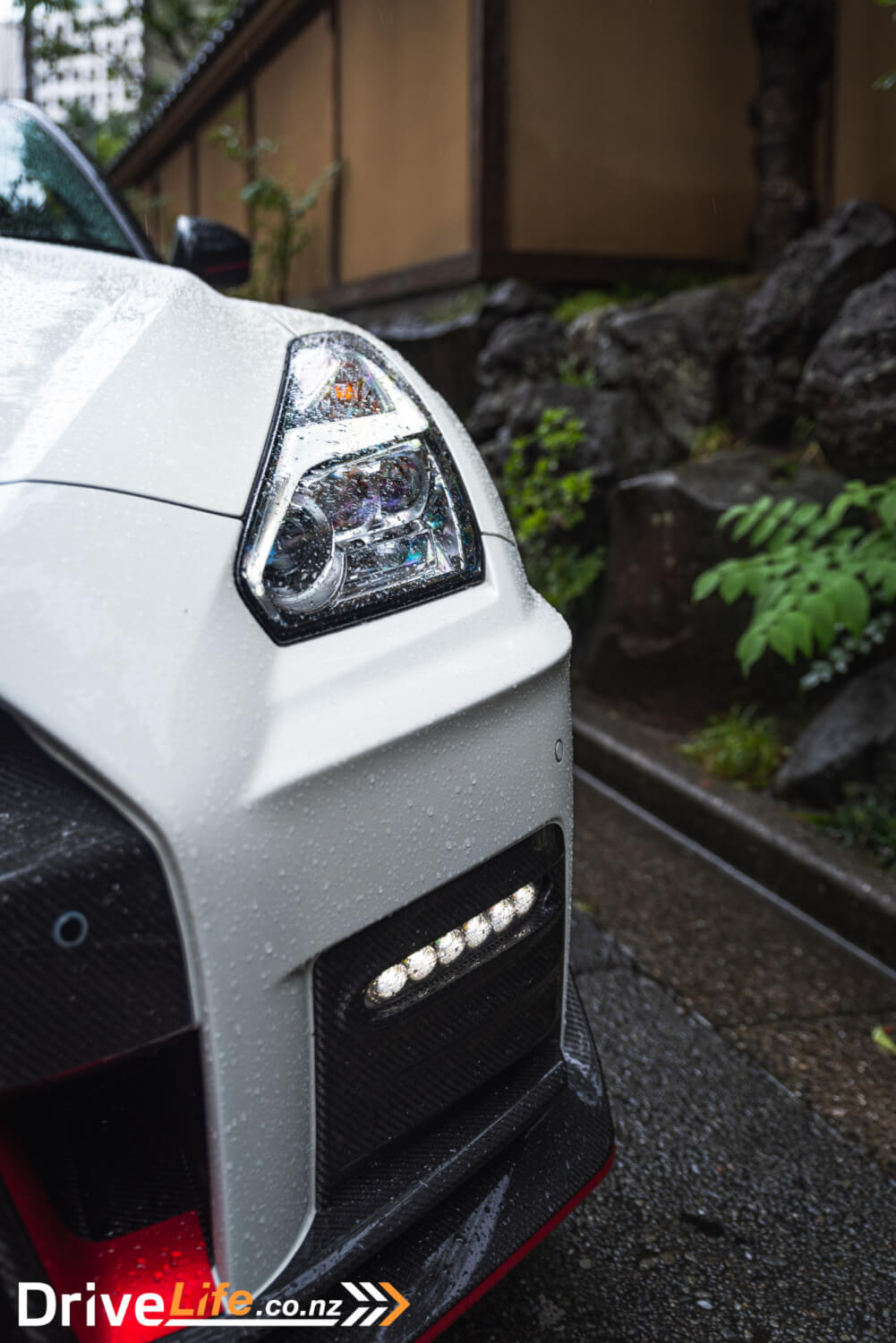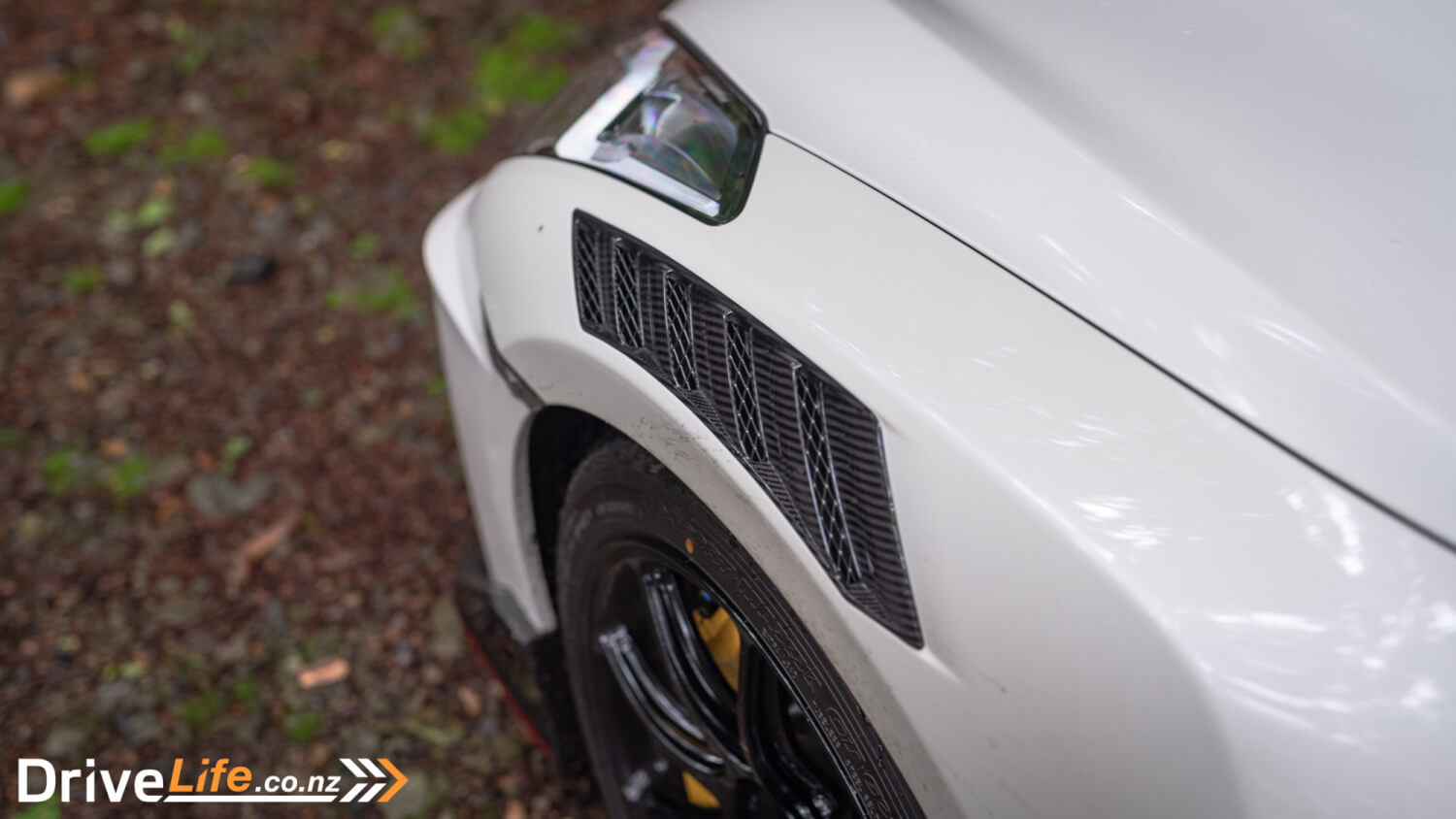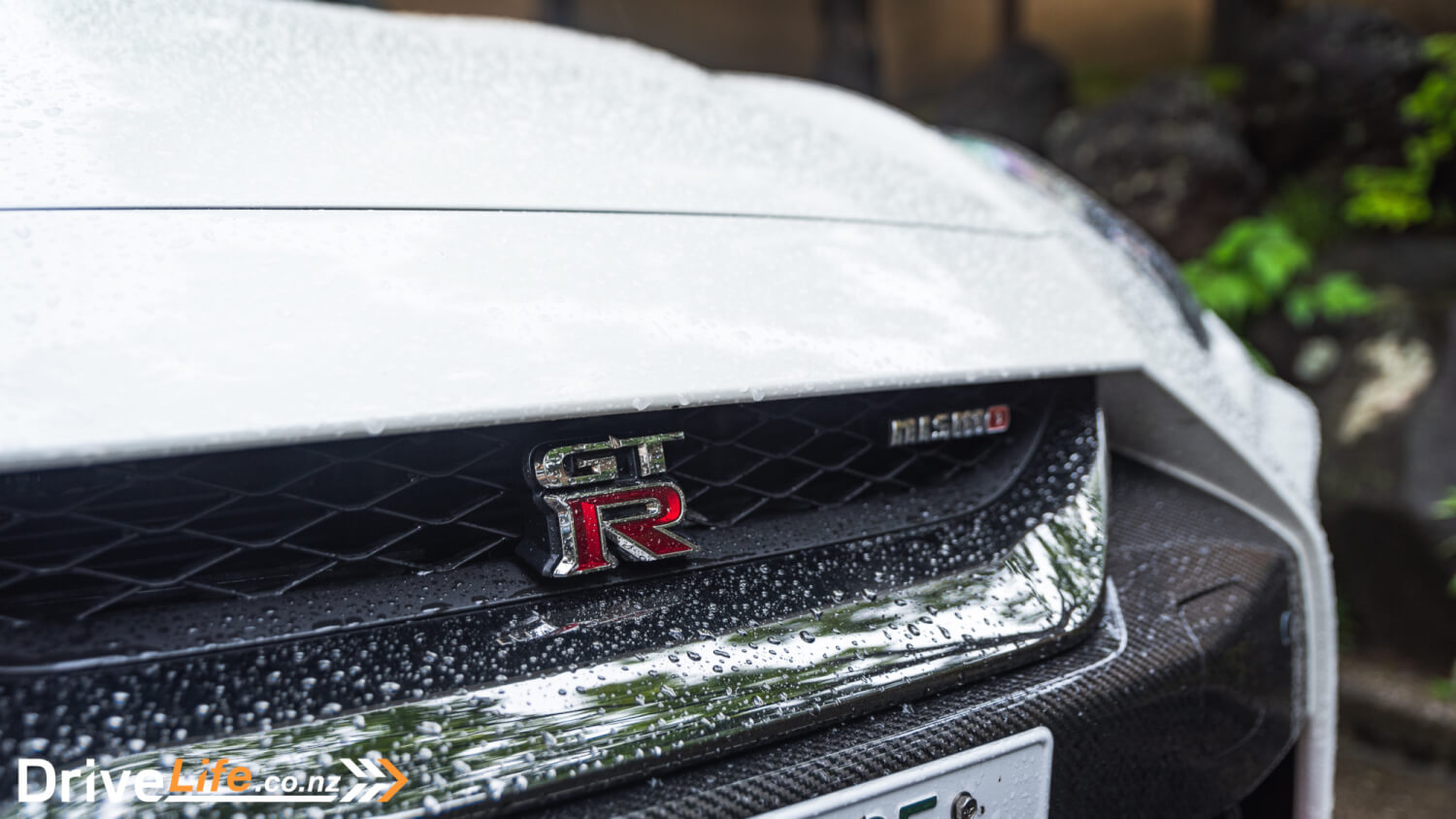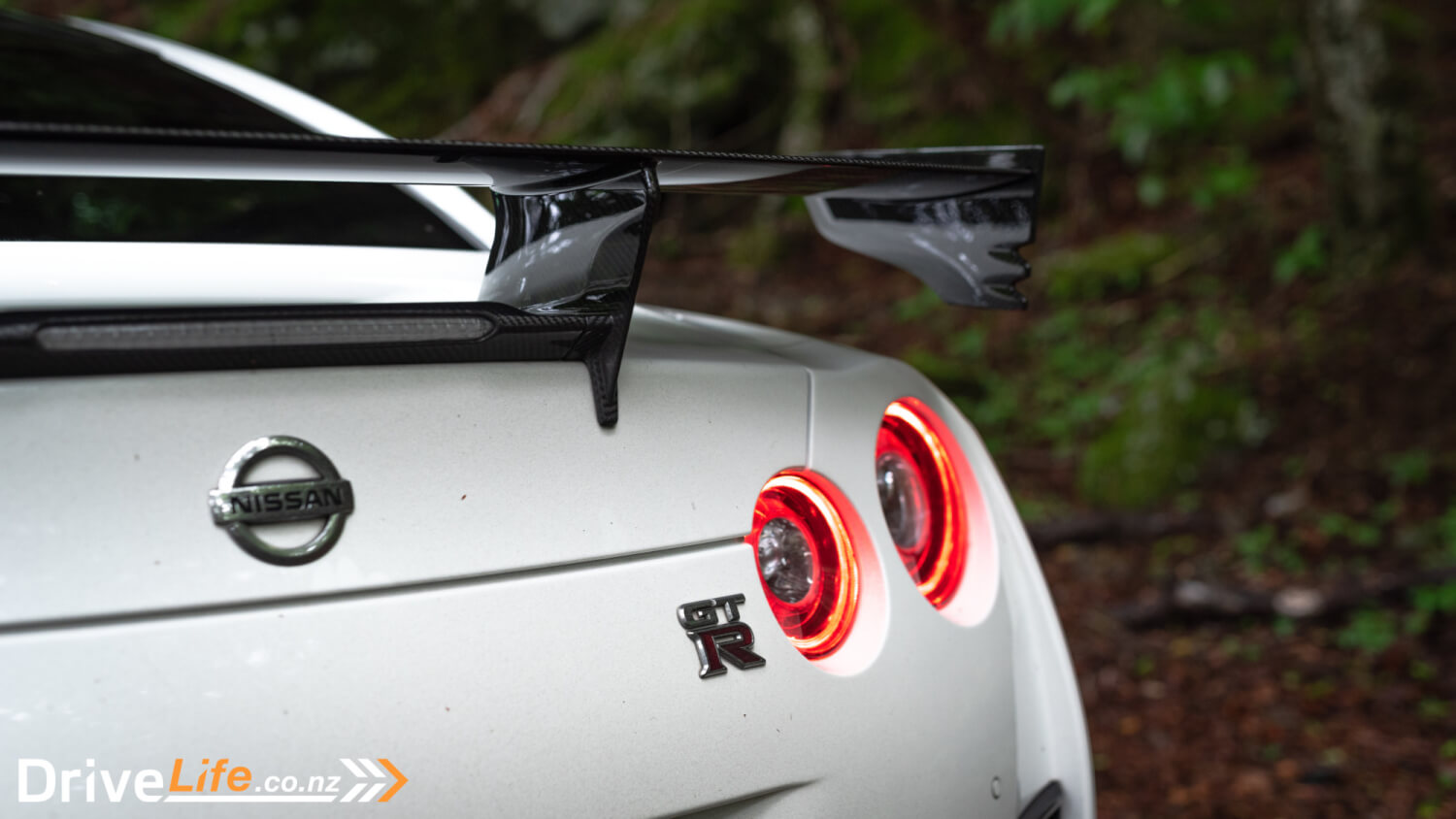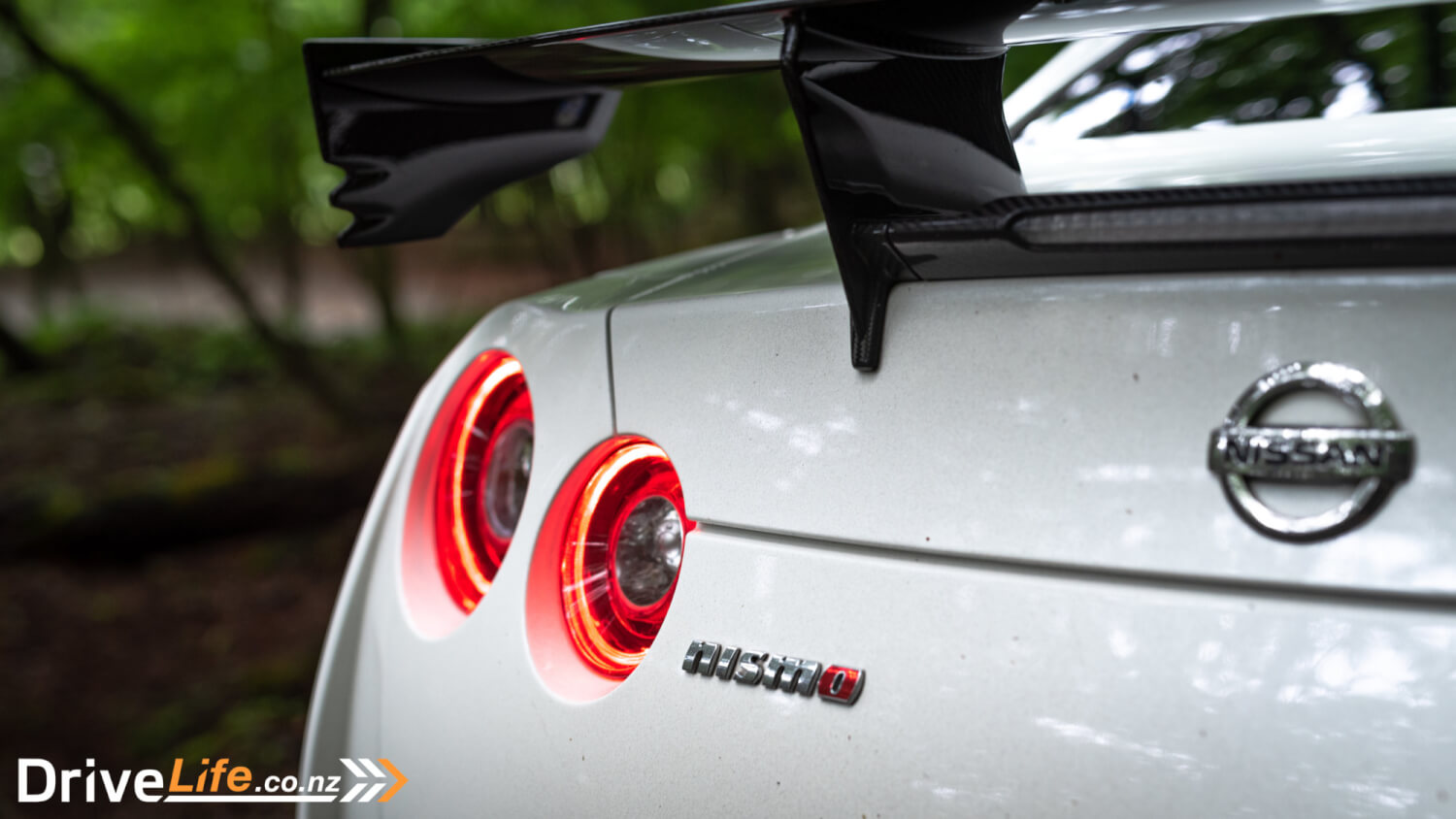You can tell the Nissan GT-R was made and engineered by people who are truly enthusiastic about cars. The endless tinkering and tweaking of the GT-R over the years since its launch in 2007 shows the unbridled pursuit of perfection. Just being good or even great is never good enough.
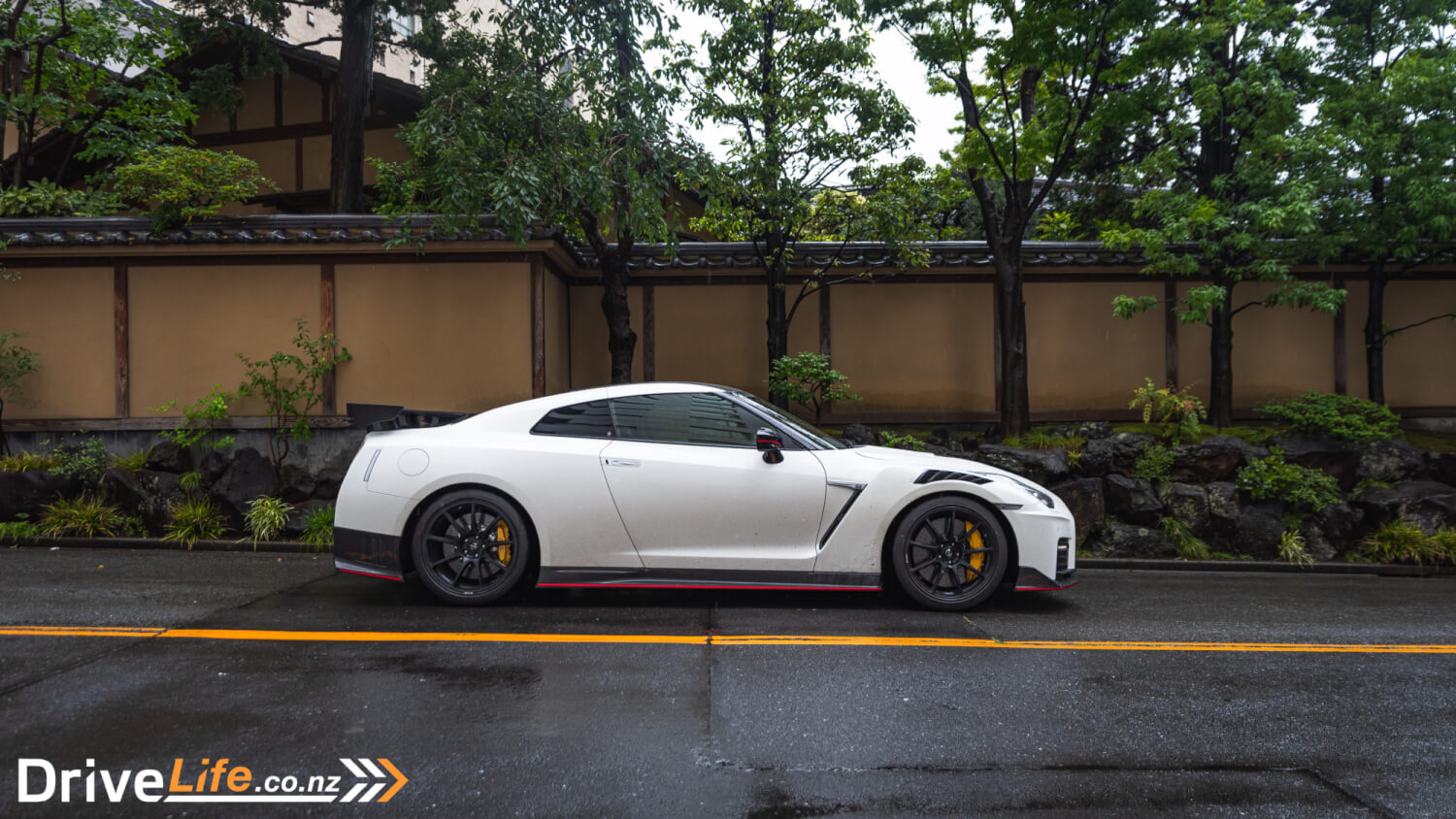
I’ve tested a variety of GT-Rs since coming to Japan in 2015. The first was the standard MY2015 road car. After that was the 2017 refresh of the NISMO version and more recently the 2020 50th Anniversary special edition. Now though it’s time for the big one – the new 2020 NISMO.
What’s In The 2020 Nissan GT-R Range?
The GT-R range is a fairly straightforward affair compared to its rivals (looking at you, Porsche). You start off with the standard car at a not-too-unreasonable $205,000, the ‘Premium Luxury’ spec at $211,000, and the Track Edition at $240,000. Step up to the NISMO and you’re looking at well in excess of $370,000. Yikes. That still hasn’t stopped it from being a popular choice for Japanese buyers. For example, in the sales month of April/May 2020, Nissan sold a total of 84 new GT-Rs in Japan of which 21 were NISMOs.
All GT-Rs regardless of trim level are powered by a hand-built 3.8-litre twin-turbo V6 that’s been powering the R35 generation since 2008. For 2020, the NISMO churns out 441kW and 651NM of torque, a 25kW increase over the standard car. On top of the power hike you get massive carbon ceramic brakes from Brembo (410mm up front), more carbon fibre body panels resulting in a 30kg weight drop, lots of aero parts, a new vent on the fender, and GT3-style wheels.
First Impressions Of The 2020 Nissan GT-R NISMO
Those extra add ons to give the NISMO a bit of a boy racer look. Some will love, some will hate it. I absolutely adore it. It looks purposeful and it does have the performance to back up those cartoonish looks, but more on that later. This thing has presence. It’s a big old thing and takes makes no apologies for the brutish way it sits on the road. You see this thing you get out of its way.
12 years on the R35 has become a familiar shape on our roads. But in NISMO form, regardless of the year, is still a rare sight. Perhaps it’s me being in Tokyo that’s got me jaded and spoilt but where you see a GT3 RS almost everyday, seeing the rarer NISMO GT-R on the road is much cooler than seeing yet another green RS.
What’s The Interior Like On A 2020 Nissan GT-R NISMO?
Here’s the wonderful thing about the NISMO. Yes it’s a stripped out hardcore version of an already hardcore sports car and yet there’s still four seats, it’s still got an infotainment system with Apple CarPlay, and the boot you can actually use to carry things around in. If you really want to you can fit a human body in there. Trust me, I tested it.
At the end of the day the GT-R is still a practical Nissan. Sure, the rear seats aren’t exactly the best for carrying around adults in all the time but because the NISMO has lighter carbon-fibre Recaros that are narrower than the standard car’s seats, you actually get more legroom in the back.
Apart from those awesome seats not much has changed inside. You get lashings of alcantara to make it look sporty, NISMO-badged gauges, and there’s an appropriate amount of carbon fibre trim inside but that’s about it. It’s GT-R as usual inside which isn’t a terrible thing but nor is it something you’ll be bragging about to friends at the pub. Sure it looks its age inside (the digital read out on the instrument cluster looks very 10 years old) but there’s also something very comforting in being in a familiar environment.
What Does The 2020 Nissan GT-R NISMO Drive Like?
This is where it gets good. Even though it’s a bit long in the tooth now the GT-R still drives spectacularly well. There’s nothing on the market that drives like a GT-R. It’s a totally unique driving experience, I don’t think there’s a car that’s quite as misunderstood as the GT-R. People think because it’s a near 1.8-tonne car with grippy AWD, a dual-clutch transmission, and because it’s made in Japan there’s no excitement in the driving experience. They say there’s no soul. Well, they’re all wrong.
Last time I drove the 2017 NISMO I took it on a mega 1000km road trip across Japan. This time was a more concentrated drive on some of the best mountain roads near Mount Fuji. There must be something about that mountain because the Japanese icon came alive.
It makes all these mechanical noises. At idle there’s a sense the car is itching to get a move on, putting it in gear comes with a nice old school industrial sound, and getting up to speed you have the unmistakable sound of the VQ38DETT engine along with the whooshes of the twin turbos. There’s no stop/start nonsense here, the GT-R is on all the time. It’s almost blasphemous restricting this car to city driving. It wants to be let loose. It’s all very exotic and exciting.

That said, not quite as exciting as the way it goes. Nothing, and I mean nothing, goes up a twisty Japanese mountain road quite like a GT-R. It claws at the tarmac and grips on to the road harder than Kevin Spacey trying to hold on to what’s left of his career. Anyone can get in this car and drive it to its limits without killing yourself in the process, but just because it’s easy to drive fast doesn’t mean it’s not involving. Driving a GT-R at speed is very much a physical experience.
The way it goes about eating up mountain roads is absolutely brutal. It takes no prisoners in its execution and pursuit of speed. It’s the only car I’ve driven where you can enter a corner, go around said corner, then exit all the while having your foot flat on the go-faster pedal. It’s quite literally breathtaking, and if you’re not careful you might pull a muscle or two from all the g-forces. An afternoon spent with this car going up and down your favourite piece of road will result in sore limbs, sweaty palms, and will leave you in a complete state of shock.
How a car this big, this heavy, and this old can so effortlessly demolish a tight and twisty piece of road as if it was half a tonne lighter is simply awe-inspiring.
What’s The Competition For The 2020 Nissan GT-R NISMO?
| Brand/Model | Engine | Power/Torque kW/NM | Fuel L/100km | Acceleration 0-100 kph | Price |
| McLaren 600LT | 3.8-litre V8 twin-turbo petrol | 441/620 | 10.7 | 2.9 | $410,000 |
| Porsche 911 Turbo S | 3.8-litre flat six twin-turbo petrol | 478/800 | 9.1 | 2.7 | $407,900 |
| Nissan GT-R NISMO | 3.8-litre V6 twin-turbo petrol | 441/652 | 11.7 | 3.0 | $370,000 |
| Audi R8 V10 Plus | 5.2-litre V10 petrol | 449/560 | 12.3 | 3.1 | $346,900 |
| Mercedes-AMG GT R | 4.0-litre, V8 twin-turbo petrol | 430/700 | 11.5 | 3.4 | $335,500 |
What’s The Pros and Cons For The 2020 Nissan GT-R NISMO?
| Pros | Cons |
| • Physics-defying grip • Seemingly endless power and speed • You’ll never see another one on the road • Not impossible to daily | • It’s a lot of money for a Nissan • Showing its age • Not to everyone’s taste |
2020 Nissan GT-R NISMO – Specifications
| Vehicle Type | Sports Car |
| Starting Price | $370,000 (approx) |
| Tested Price | $380,000+ (est) |
| Engine | 3.8-litre V6 twin-turbo petrol engine |
| Transmission | 6-speed dual-clutch transmission |
| 0 – 100 kph, seconds | 3.0 |
| Spare Wheel | None |
| Kerb Weight, Kg | 1,780 |
| Length x Width x Height mm | 4690 x 1895 x 1370 mm |
| Cargo Capacity, litres | 315 |
| Fuel Tank, litres | 74 |
| Fuel Efficiency | Advertised Spec – Combined – 11.8L / 100km Real World Test – Combined – 14.7L / 100km Low Usage: 0-6 / Medium Usage 6-12 / High Usage 12+ |
| Turning circle | 11.4m Small: 6-10m / Medium 10-12m / Large 12m+ |
| ANCAP Safety Ratings | N/A |
| Warranty | 3 years, 100,000km |


